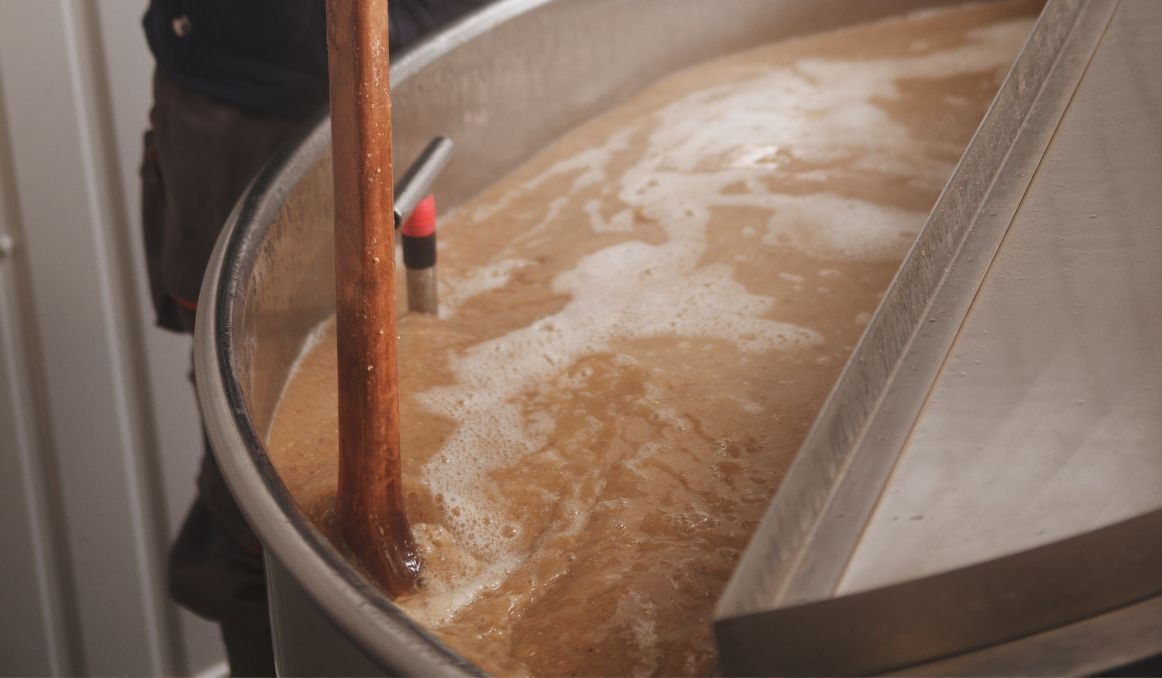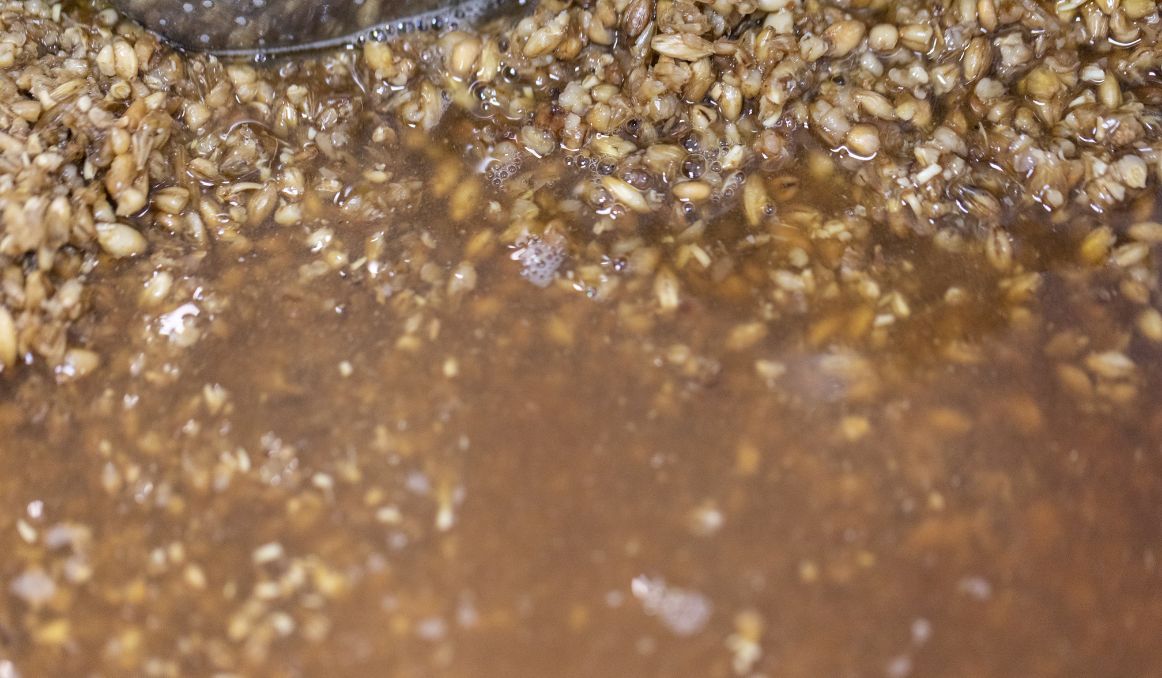How to Grow Your Own Yeast for Brewing
You may have heard of brewers or vintners who will raise the temperature of their brew to stop fermentation, which effectively kills off all remaining yeast.
Others may fortify their brew or wine by adding a liquor with a high concentration of alcohol, a process which also kills off yeast.
But none of this is necessary if you know how to crop your yeast, and it can be highly beneficial to do so, allowing you to learn and master how to grow your own yeast for brewing, a much better use of resources in this day and age of scarcity and failed supply chains.
Also read: How to Reuse Beer Yeast: 3 Steps to Repitching Yeast Slurry

Yeast
Yeast is actually quite hard to kill, which explains why brewers and vintners who do want to kill it have to take such extreme measures.
It also explains why yeast has been around for so long, likely millions of years.
You see, yeast is a member of the fungus family, and as most of us know, fungus is not only quite prevalent on earth – think of mushrooms and mold – but also hard to get rid of and keep gone.
All yeast, like most fungi, really needs is a moist environment, not too hot and not too cold, plenty of oxygen, and a little bit of sugar.
And since those parameters describe most of earth’s surface, we find that yeast is virtually everywhere all the time.
It takes up even more space on this planet than bacteria does, even though there is more bacteria on earth than there is yeast, but that is because yeast is much larger than bacteria, by a magnitude of about 40.
We can find yeast pretty much anywhere, in the air, on every surface, including our skin, and even in our bodies.
Open your mouth and look at your tongue.
If you have any white on the surface, that’s a form of yeast called candida.
Most of us have it.
It really is everywhere, and there are thousands of variations and strains on this single genus we give a single name – yeast.
Brewer’s Yeast
Of those thousands of strains, several hundreds of them are tolerant of alcohol and will ferment sugar into alcohol and carbon dioxide, along with hundreds of other secondary metabolites that are beneficial to the human body.
This fermentation is actually the one job that brewer’s yeast has – to find sugar and consume it. As a “waste product” of that consumption process, humans get alcohol and bubbles.
We typically think of two strains of yeast when it comes to fermenting – Saccharomyces cerevisiae, which makes ales, and Saccharomyces pastorianus, which makes lagers.
We also have a wilder, less beloved, yeast called Brettanomyces, shorted to Bret by those who do love it, which produces a lactic acid and lends itself to sour beers, usually in concert with S. cerevisiae.
All of these yeasts have occurred naturally in the wild and have dozens if not hundreds of their own substrains to choose from, typically based on location.
So, throughout history, brewers and vintners have simply allowed nature to take its course, preparing their wort or their must and trusting in the local yeast culture to be attracted to the sugars in the brew and get to fermenting.
In that fermentation process, all bad bacteria and contaminants are killed off either by the yeast and the good bacteria or by the alcohol itself.
The alcohol and the hops lend to preservation then allowing brewers to age their beer for weeks and even months.
Over time, brewers figured out that this clumping fungus either at the top of their brew, in the case of ales, or at the bottom of the vessel, in the case of lagers, was responsible for the brew itself, and learned to crop and grown their own yeast cultures.
Why Growing Your Own Yeast Is Beneficial
As mentioned above, we are living in unpredictable times and manufacturers are not always able to follow through on promises of delivery dates or even with delivery at all.
Many brewers have been left with a wort and no yeast to ferment it, which means no beer can be produced.
Thus, the primary benefit of growing your own yeast is that level of reliability and control.
If you grow your own yeast, you know you will always have yeast.
And yeast grows on its own under ideal conditions quite rapidly, so you never have to worry about running out.
Further, manufacturers are not always, and indeed cannot always be, reliable in terms of the health of the yeast that arrives.
When you grow your own yeast, you know you have viable, vital yeast thriving in house.
The other benefit to growing your own yeast is, of course, saving money.
Why pay someone to give you something you can grow yourself?
How to Grow Your Own Yeast for Brewing

Growing your own yeast is quite simple if you have the space.
And you can either grow from a package provided by a manufacturer or from your own wild, native yeast from your region.
Ideally, you will do both so you can experiment with what works for your own brand of craft beer.
To grow your own brewer’s yeast, simply make your wort as you naturally would, about 1 gallon is plenty, with your malted and cracked grain, boiled, steeped, strained, and cooled off, with your hops added, and then pitch a small amount of yeast, so you don’t stress it out.
You want to keep it small, and then increase your amounts in small increments.
After 3 days of fermenting your small amount of wort, you can pitch that 1 gallon into 5 gallons.
After another 3 days, you can step up to 10 gallons, and so on for another 3 days until you have the volume you want.
You can follow through with this process as many times as you like and continue to grow your yeast culture or simply turn it into a batch of delicious beer, depending on your space limitations.
The key to growing any yeast is to start small and then keep it constantly fed with sugar (your wort) and oxygenated.
Thus, your yeast will thrive.
Cheers!
Are you still pitching fresh yeast every time? By reusing your yeast, you can save up to hundreds of thousands of dollars per year on just yeast alone!
Join the hundreds of brewers from all around the world using the smartest Automated Yeast Cell Counter! Request a Free Demo Account today and experience firsthand how Oculyze can take your brewery to the next level!
Stay on top on important fermentation insights – subscribe to our monthly newsletter and receive a hand-picked selection of our most relevant articles straight to your inbox.
Never miss a beat and get real time updates with a new article each workday by subscribing our social media channels.
Instagram | Facebook | Twitter | YouTube


